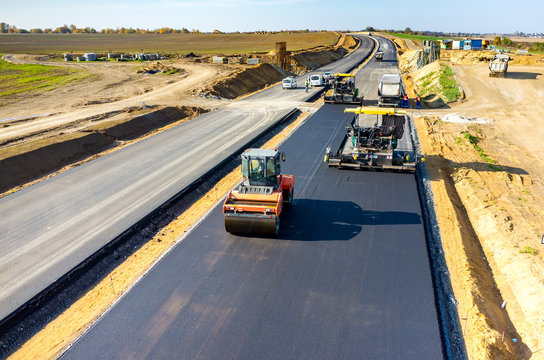Contact Us
RoadVision AI
Private Limited
Office No. 308 & 310, B Block
Ansal Chamber - 1, Bhikaji Cama Place,
Near Engineers India Limited (EIL) Bhawan, New Delhi - 110066
© 2024 | RoadVision AI | All rights reserved
Highway maintenance is a critical aspect of infrastructure management, ensuring the longevity, safety, and efficiency of road networks. The IRC Code:SP:95-2011, titled "Model Contract Document for Maintenance of Highways", provides a comprehensive framework for the procurement, execution, and management of highway maintenance contracts in India. This blog explores the essential components, objectives, and significance of this IRC Code.

Published by the Indian Roads Congress (IRC), the IRC Code:SP:95-2011 serves as a standardized model contract document designed for the maintenance of highways. It outlines procedures for competitive bidding, contract conditions, maintenance standards, and evaluation criteria, making it an essential guide for contractors, engineers, and government agencies involved in highway maintenance projects.
The IRC Code:SP:95-2011 is organized into multiple sections, each detailing specific aspects of highway maintenance contracts:
The IRC Code:SP:95-2011 is a vital resource for highway maintenance management, promoting best practices, transparency, and efficiency in contract execution. Its comprehensive guidelines help maintain India's expansive highway network, ensuring safe, durable, and cost-effective road infrastructure.
RoadVision AI is revolutionizing roads AI and transforming infrastructure development and maintenance with its innovative solutions in AI in roads. By leveraging Artificial Intelligence, digital twin technology, and advanced computer vision, the platform conducts thorough road safety audits, ensuring the early detection of potholes and other surface issues for timely repairs and improved road conditions. The integration of potholes detection and data-driven insights through AI also enhances traffic surveys, addressing congestion and optimizing road usage. Focused on creating smarter roads, RoadVision AI ensures compliance with IRC Codes, empowering engineers and stakeholders to reduce costs, minimize risks, and elevate road safety and transportation efficiency.